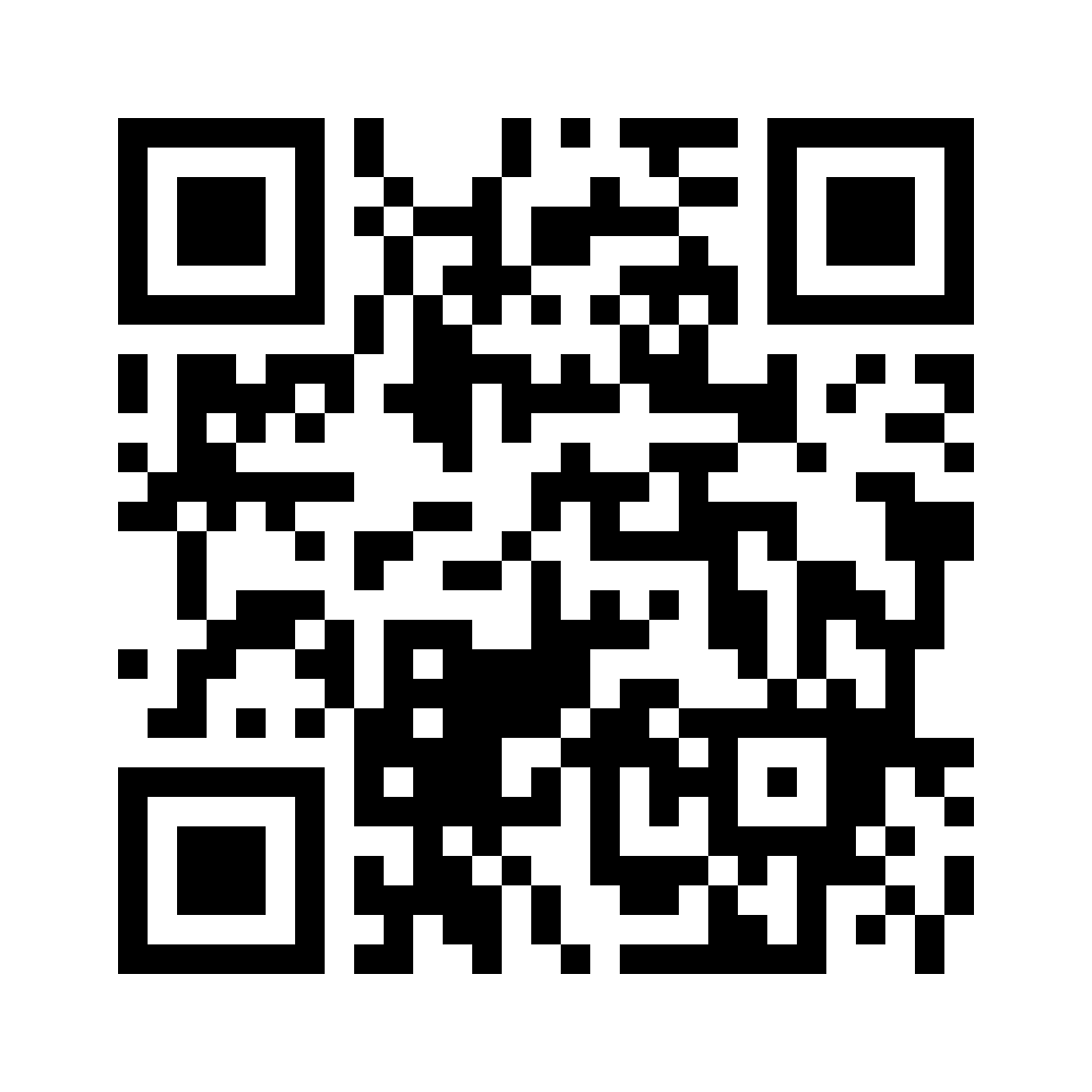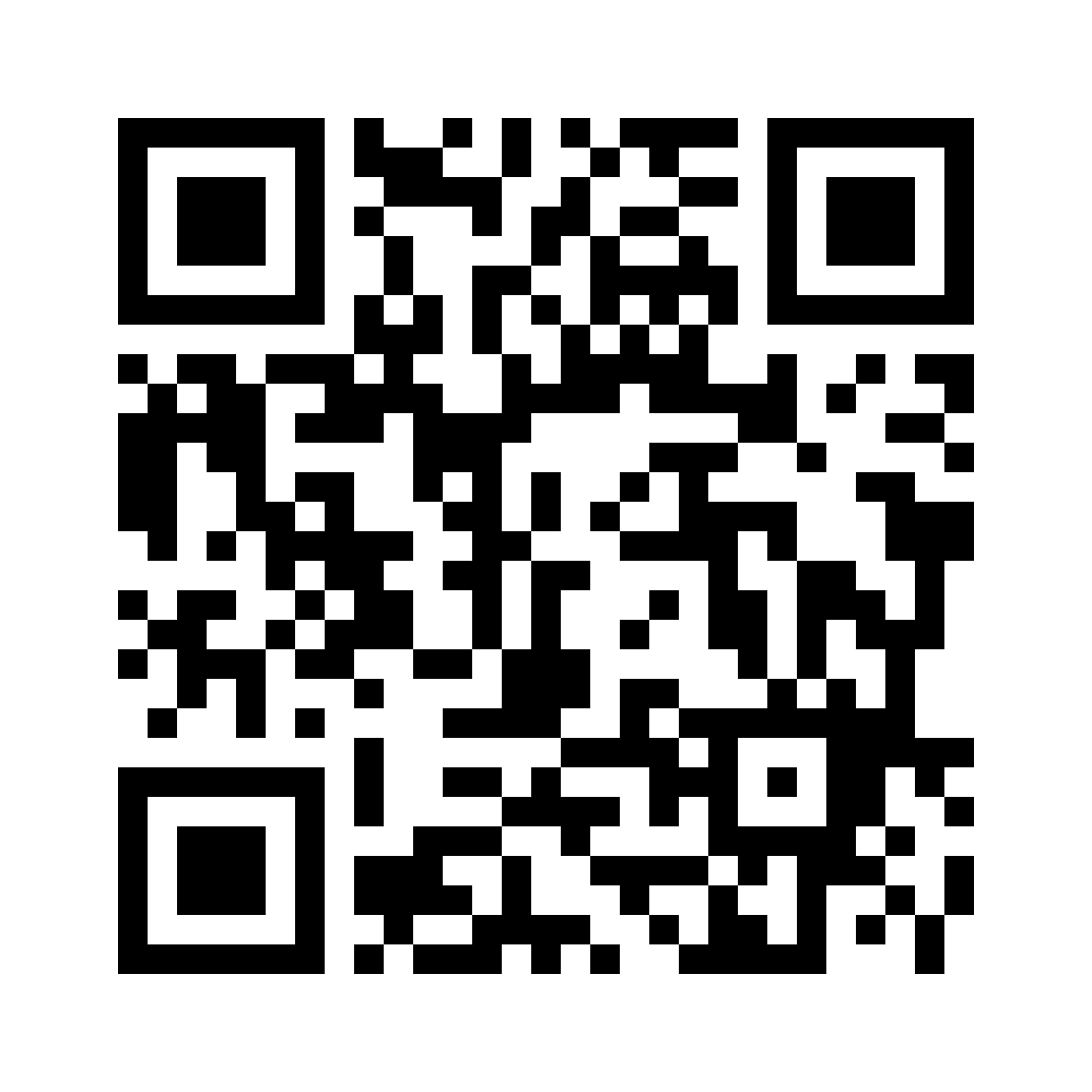Human resource management is always the most difficult problem to solve for business leaders. The larger the company, the more difficult it is to manage employees.
Human resource management is always the most difficult problem to solve for business leaders. The larger the company, the more difficult it is to manage employees. Although you have the full right to fire employees, internal stability is a prerequisite for the company to grow. Talent is also not easy to find. Therefore, before making a final decision, perhaps you should make an effort to help these "difficult" employees adapt to the company.
When faced with issues related to employee personality, leaders often have two solutions. Either confronting leads to an escalation of hostilities, or ignoring and letting the situation get worse.
Instead of rigidly applying rules, you can use a few more flexible ways to steer employees in a way that benefits themselves, their colleagues, and the company.
Here are the characteristics of the five most annoying types of employees that Dr. Judith Orloff, professor of psychiatry at UCLA (USA) has encountered and some solutions to effective management that he offers.
1.Prideful staff

Arrogant employees exaggerate their importance, crave attention and praise. “They are egotistical and lack the capacity to empathize with others. They won't care what other people are feeling and that's a huge downside in the workplace.
Telling them directly that their behavior makes others feel uncomfortable, or that it hurts the company, is an approach that works for most employees. But not with these people. Arrogant people are very sensitive to criticism and have the ability to react strongly.
If you want to keep these people and keep them engaged, you have to offer the benefits that come with the responsibilities. It's the only thing that gets their attention and appreciation.
What role does the narcissist play in the company? Interestingly, they do well in positions of power, because they take their work seriously and appreciate power. The truth is, most people with leadership qualities have a little bit of pride.
2.Passive employees

They promise to help you complete the project but then don't. Or they'll show up at the last 15 minutes. Passive aggression is a form of indirect anger. You'll probably want to try to figure out why they're angry and try to solve the problem. But don't do that, because it's a personality disorder, so you have to calculate carefully.
One thing to watch out for is your own reaction to these people. They will leave you with a “dilemma”, making you feel useless because you have no control over the situation and do not understand what is going on. They can control you without you even knowing it.
How do you deal with these employees? Unlike the arrogant employee, this type of employee has the ability to empathize. They also want to advance in the workplace, and you can use both of these traits to motivate them. Mostly you have to set very clear expectations for them.
The only way is to clearly state what you need from them and when is the deadline. For example: this week there is work A, B, C need to do and must report daily, must be completed at the end of the week.
You need to strictly control the work progress of these people, otherwise they will make everyone "crazy".
3. Talkative staff

Every office will have a handful of chatty employees. But if one of your employees is constantly talking bad about you, slandering others in the company, and causing internal conflicts, that's destructive behavior and you need to address this.
The first step in dealing with a rumor is to ignore it. Do not participate in defaming others (which is not an easy thing to do). More importantly, try to keep yourself away from the natural human desire to know exactly what people are saying about you, or to try to please everyone. Neither of these things is of any use.
The best solution is to call these employees in to talk face-to-face, explaining that gossiping is not good for the work environment. Getting their attention will help prevent them from continuing to spread malicious rumors. If you openly talk to your employees and explain why these rumors are harmful to your company, employees will have a prime reason to not want to participate in the rumors. .
On the plus side, talkative people are often quite good at communicating and working with others. They love to chat, so you can assign them a job that helps them develop this ability, like sales.
4.Employees get angry

Some people cope with workplace stressors by accusing co-workers of their bad deeds, raising their voices to others, and not shying away from expressing frustration and anger. This is one of the most difficult types of employees you will have to deal with.
Either way, don't let them continue like this. That is unacceptable behavior. They must understand their limits. Anger destroys positive moods and relationships at work. Worse, it will lead to uncontrolled violence.
As a leader, you must always understand the harmful effects of anger and regularly learn to control it or have someone in human resources remind you regularly. Allow these hot-tempered employees to get psychological counseling and talk frankly about the problems they are facing. A company that is constantly under stress is a company that cannot grow fast.
5.Employees like to blame

These people always make others feel guilty for doing something wrong to them. Anything bad happens to them, they blame it on someone else.
To deal with these employees, you need to make it clear to them that their comments and views are not true to the actual situation and adversely affect colleagues in the company. These people are completely weak in communication skills and don't care about other people's feelings.
Also, instead of directing “must do this, must do that” you should use sentences like “I think you should do this better”, “How do you think you should do it?” Let them choose and take responsibility for their choices. These people are only suitable for independent work. Putting them in the group only causes more disagreement and division.
Source: Collector























